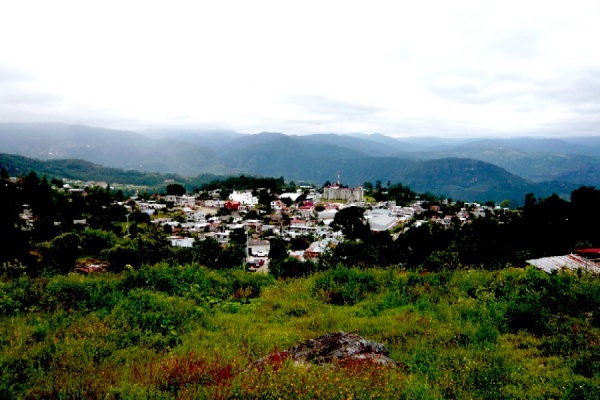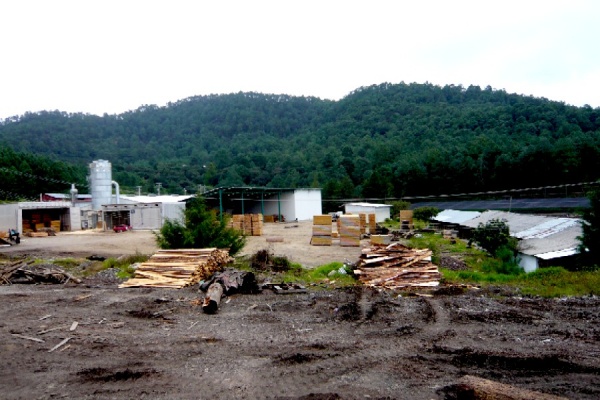Forest management through community-based forest enterprises in Ixtlan de Juarez, Oaxaca, Mexico
03.05.2010
-
SUBMITTED ORGANISATION :
-
United Nations University Institute of Advanced Studies
-
DATE OF SUBMISSION :
-
03/05/2010
-
REGION :
-
Central America
-
COUNTRY :
-
Mexico (Juarez, Oaxaca)
-
SUMMARY :
-
The erosion of biodiversity and natural resources in Mexico has significantly surpassed the outcomes of the conservation initiatives undertaken by the governmental sector, leading to the exploration of new opportunities integrating stakeholders other than governmental agencies. One manifestation of this is the adoption by Ixtlan de Juarez of a local governance system called “Usos y Costumbres” (Uses and Customs), rooted in indigenous systems of community service that give particular importance to elders, open assemblies, and consensus; where in community members constitute the maximum authority that decides on all issues, including forest management. Local governance structures such as this have contributed to efficient decision-making on major issues related to natural resource management, including the definition of rules governing access to forest resources, the planning and construction of road networks, the production of sawn timber and the obligation of community members to participate in forest conservation activities. Extending this effort, community-based forest enterprises (CBFEs), such as logging businesses, have made great contributions to forest conservation. Forest resources, used by CBFEs are strictly controlled under the Forestry Management Plan drawn up by the community and authorized by the state government. Locations where trees can be extracted and where they must be protected are clearly stated in the plan, which the logging operators must follow, and profits are reinvested into the community.
-
KEYWORD :
-
conservation, natural resource management, Mexico
-
AUTHOR:
-
Ms. Kana Matsuzaki is a Program Officer of Foundation for Advanced Studies on International Development (FASID). Her field of specialty is environment and development, especially integrated /community-based natural resource management. Her experiences in the field are mainly in Africa, where she was engaged in the community forest management and the ecotourism development. Mr. Bernard Yun Loong Wong works as a consultant for the Satoyama Initiative at the United Nations University Institute of Advanced Studies. He specialises in forest ecosystem studies, where he combines ecology and history in demonstrating the contributions of past human activities to the establishment of old growth natural forests in Japan. His other interests include the philosophical and cultural aspects of traditional landscape formation, and historical interactions between people and the land.




